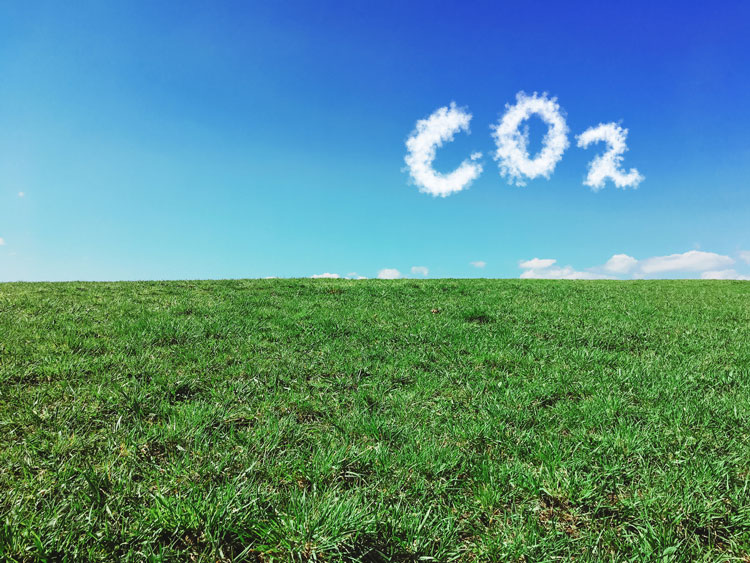
As industrial and travel economies shut down in response to the global pandemic, March and April of this year recorded an unparalleled drop in greenhouse gas emissions: 1 billion fewer tons of carbon dioxide were released into the environment, The Washington Post reported.
In early April, during the peak for many stay-at-home directives, daily emissions reached their most extreme drop to reach levels 17% below average. Total emissions for 2020 are projected to be 4% to 7% lower than last year.
The reduction is only expected to be temporary until life and travel pick back up. One industry that has held steady through the decline and contributes under 10% of U.S. emissions is agriculture.
Agriculture has a positive story of environmental sustainability to tell that is perhaps even more relevant during this current crisis. Multiple speakers at this year’s Animal Agriculture Alliance Summit shared details we can all use as talking points in doing just that.
We need animal proteins
First, why is animal agriculture important? It’s in the protein of meat, milk, and eggs, explained Sara Place, chief sustainability officer for Elanco Animal Health. Proteins are complicated to make, and in our food system, animals do it best.
She illustrated that in the U.S., 65% of dietary protein comes from animal-sourced foods. This is despite the fact that animal sources only account for 27% of total calories in the U.S. diet.
In a world where 2 billion people are micronutrient malnourished, that nutrient density provides valuable bang for the caloric buck. Marianne Smith Edge, of the AgriNutrition Edge, projected that a worldwide shift to plant-based eating would require a 23% increase in global food production to offset reduced nutritional content.
Place described the shift to more plant-based diets as “a very Western- and wealthy-culture view.”
Upcycled protein
Animal protein is even more impressive because it creates value out of essentially not much at all — at least not much that humans could use. According to Place:
- About 90% of what grain-finished cattle eat is not in competition with human food needs
- Nearly 82% of a grain-finished diet is forage that’s completely inedible to humans
- Another 7% of a grain-finished diet consists of by-products inedible to humans
Ruminants are the ultimate upcylers, consuming poor-quality protein to make it more usable for humans in the forms of meat and milk. They need just 0.6 kilograms of human-edible protein feed to produce 1 kilogram of protein, making them net contributors to global human-edible protein production.
By-products from human food, such as citrus pulp or almond hulls, can be repurposed into meat and milk through cattle. Place estimated that 37 pounds of by-products are created from every 100 pounds of human food derived from crops — without animals, much of that would simply go to waste.
Improvement will continue
The industry has worked hard to produce more milk with much less land, water, and inputs than ever before. In fact, Place noted that one cow’s average milk in 2019 would’ve required caring for nearly six cows in 1924.
We have not reached the finish line yet. The Innovation Center for U.S. Dairy has outlined goals for the entire dairy industry, from field to processor, to reach by 2050. Those are:
- Becoming carbon neutral or better
- Optimizing water use while maximizing recycling
- Improving water quality by optimizing utilization of manure and nutrients
Sustainability is nuanced
Sustainability can mean many different things to different people, but the valuable part to remember is that there are multiple aspects and qualifiers to consider. When a healthy planet, nourished people, and a profitable system can occur together, we will have achieved our goals, Smith Edge said.








